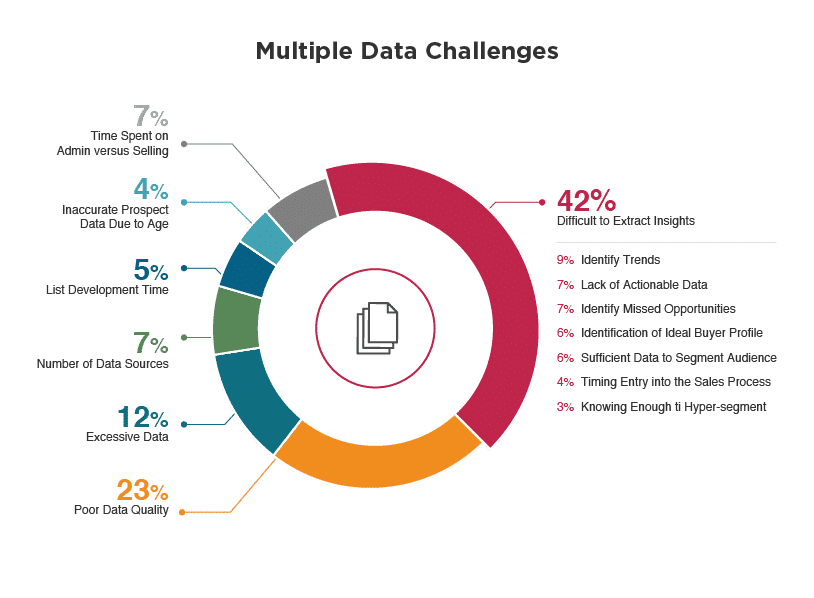

He suggested that although there were many ‘troubles’ or ‘problems’ that individuals experienced in their lives, not all of these emerged as ‘public issues’ which commanded public interest and attention or which were seen as requiring public responses (‘what can we do about X?’). 7–10) drew a distinction between ‘personal troubles’ and ‘public issues’. Writing in the 1950s, the American sociologist C. Thus there may indeed have been people who were homeless in the late nineteenth century, but their situation was perceived not as a social problem, but rather as a ‘fact of life’ or as the consequence of mere individual misfortune – neither of which would make it a social problem. The second reason is that what is perceived as a social problem may change. If in the late nineteenth century there were no homeless people, then we would not expect homelessness to have been discussed as a social problem. There are two possible explanations for such differences. In the late nineteenth century, for example, we would find that poverty, the maltreatment of children and divorce were being discussed as social problems, but others on the list did not attract much attention. It is also true that if we looked back at earlier historical periods, only some of the list of current social problems would be visible then. Other societies may be preoccupied by other problems: what commands public attention in Germany, the USA or China is likely to be different in at least some respects to what is a current social problem in the UK. There is a point in stressing the word ‘particular’ here. That fact – the capturing of public interest, anxiety or concern – is probably the best place to start this discussion, since it suggests that one answer to what is ‘social’ about a social problem is that such problems have gained a hold on the attention of a particular society at a particular time. It is not obvious what they have in common, except that they are the subject of current concern. As you read this course, some of these may still be issues, some may have disappeared, while new problems may have attracted attention. This brief list was drawn up from news items on television and radio and in newspapers in the month that this course was being written. In the late twentieth century a list of current social problems in the UK might include poverty, homelessness, child abuse, disaffected young people and non-attendance at school, school discipline, the treatment of vulnerable people in institutional care, vandalism, road rage, lone parenting and divorce. PDFTextStripper stripper = new PDFTextStripper() Įxception in thread "main" : org/fontbox/afm/AFMParserĪt .PDFont.getAFM(PDFont.java:350)Īt .PDFont.getAverageFontWidthFromAFMFile(PDFont.java:313)Īt .PDSimpleFont.getAverageFontWidth(PDSimpleFont.java:231)Īt .showString(PDFStreamEngine.java:276)Īt .ShowTextGlyph.process(ShowTextGlyph.java:80)Īt .processOperator(PDFStreamEngine.java:452)Īt .processSubStream(PDFStreamEngine.java:215)Īt .processStream(PDFStreamEngine.java:174)Īt .processPage(PDFTextStripper.java:336)Īt .processPages(PDFTextStripper.java:259)Īt .writeText(PDFTextStripper.java:216)Īt .getText(PDFTextStripper.1 The social construction of social problems 1.1 What is ‘social’ about a social problem?

I (am trying to) use PDFBox 0.7.3 and the examples I have found online so far are rather limited.
#Source unpack problems issues pdf#
I am trying to extract the textual content of PDF files from my Java code.


 0 kommentar(er)
0 kommentar(er)
